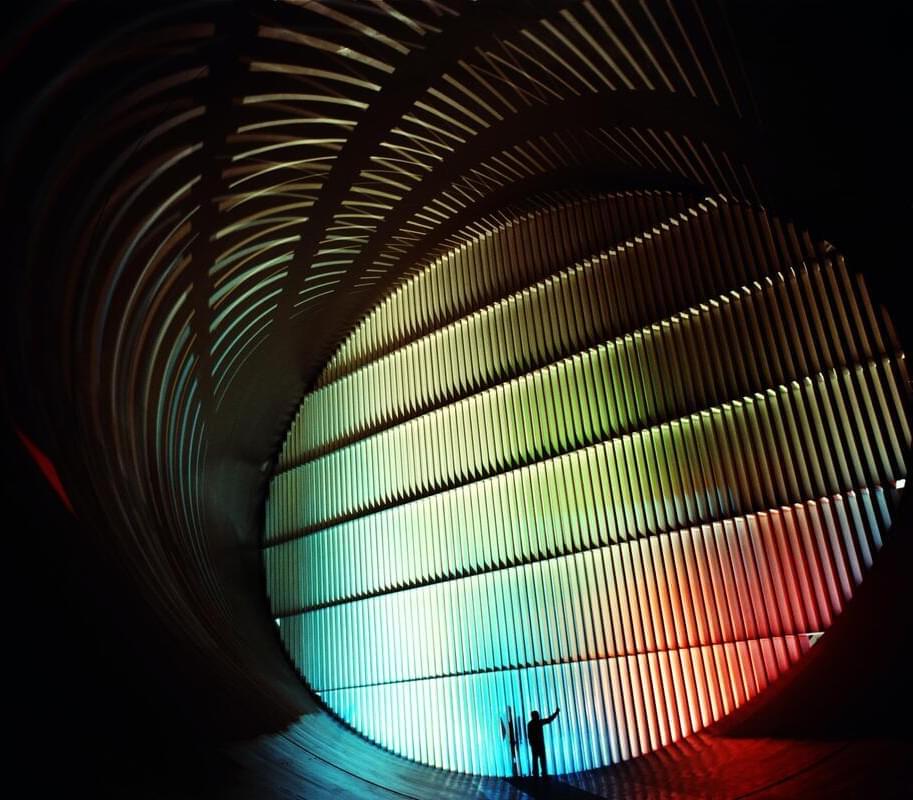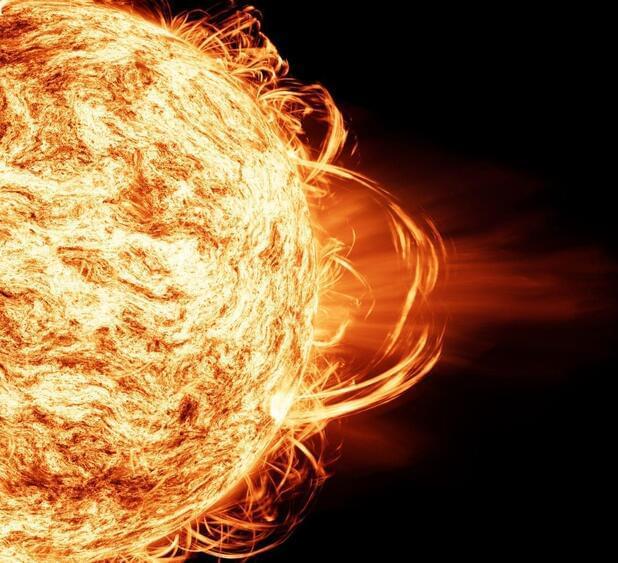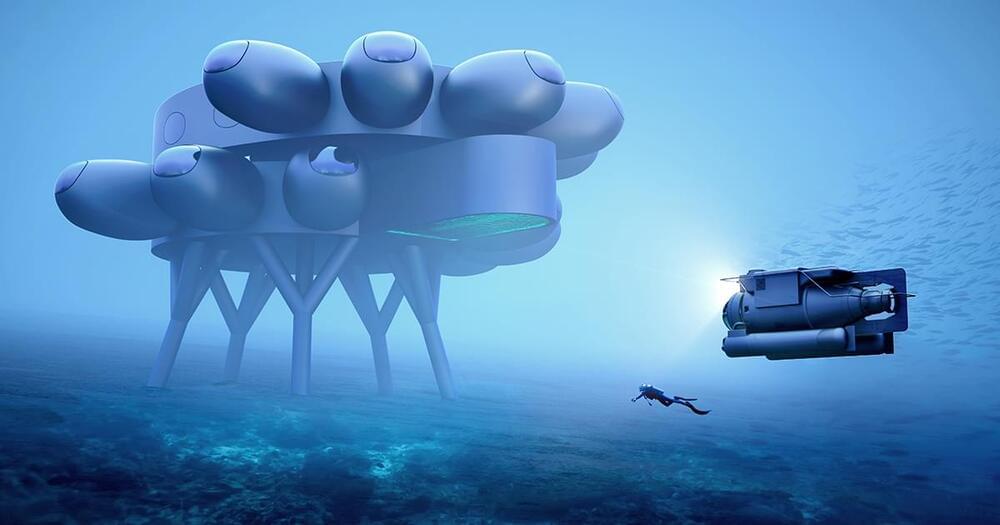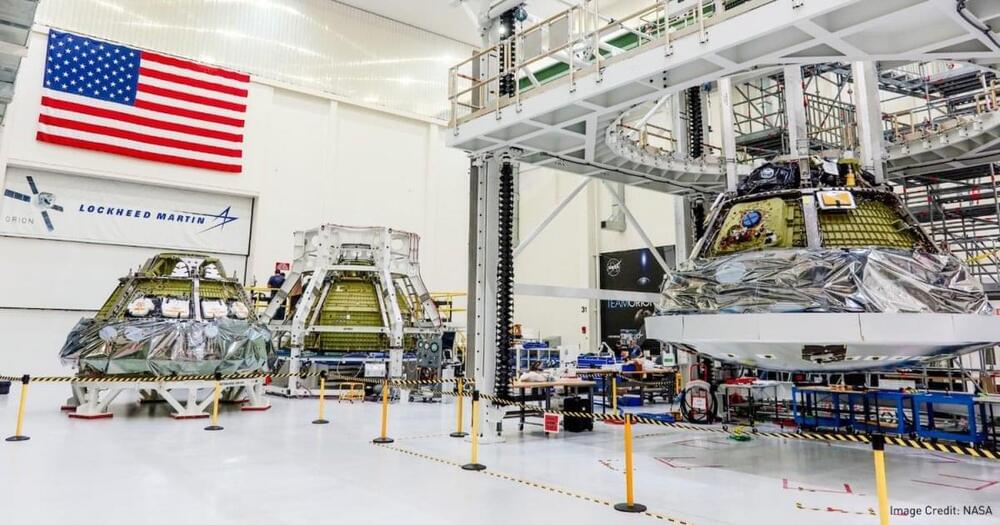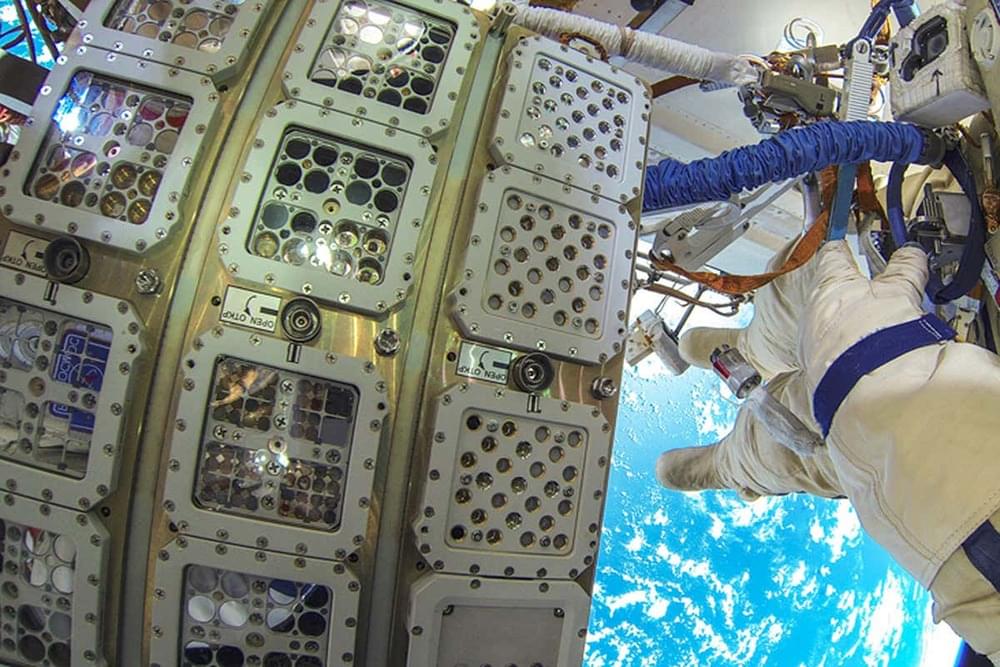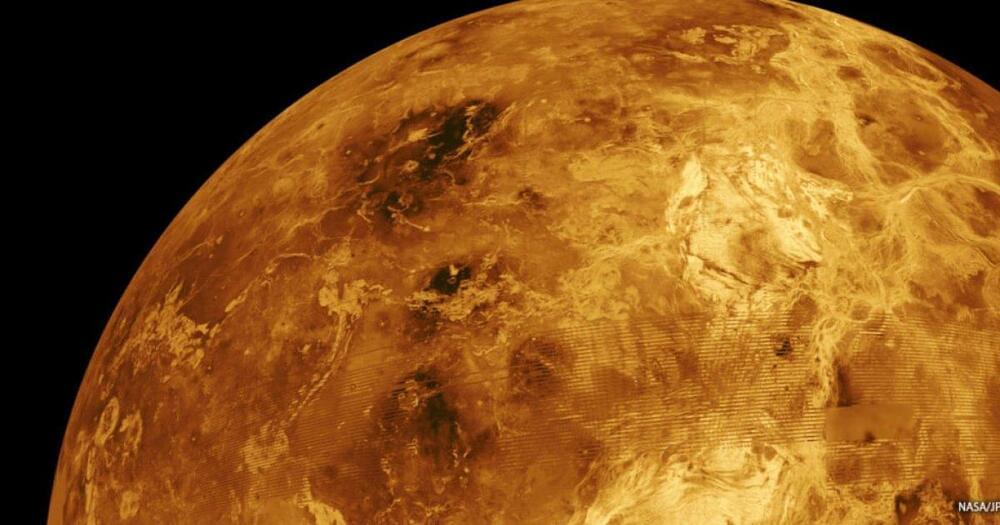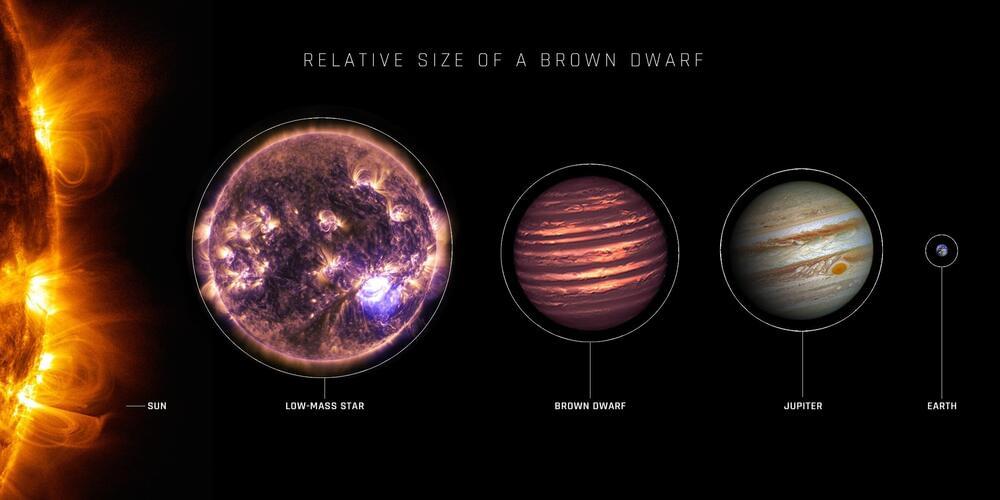Jul 18, 2023
NASA’s first new wind tunnel in 40 years will turn science fiction to fact
Posted by Dan Breeden in categories: military, space
Flying cars. Space tourism. Safe reentry for astronauts coming back from Mars.
These technologies are still science fiction, but some won’t be for much longer, according to Charles “Mike” Fremaux, NASA Langley Research Center’s chief engineer for intelligent flight systems.
To test these concepts, particularly in regard to public and military safety, NASA Langley is building its first new wind tunnel in over 40 years. The NASA Flight Dynamic Research Facility, a project Fremaux has been pursuing for 25 years, will replace two smaller wind tunnels that are around 80 years old. The center’s most recent and largest, the National Transonic Facility, was built in 1980.
